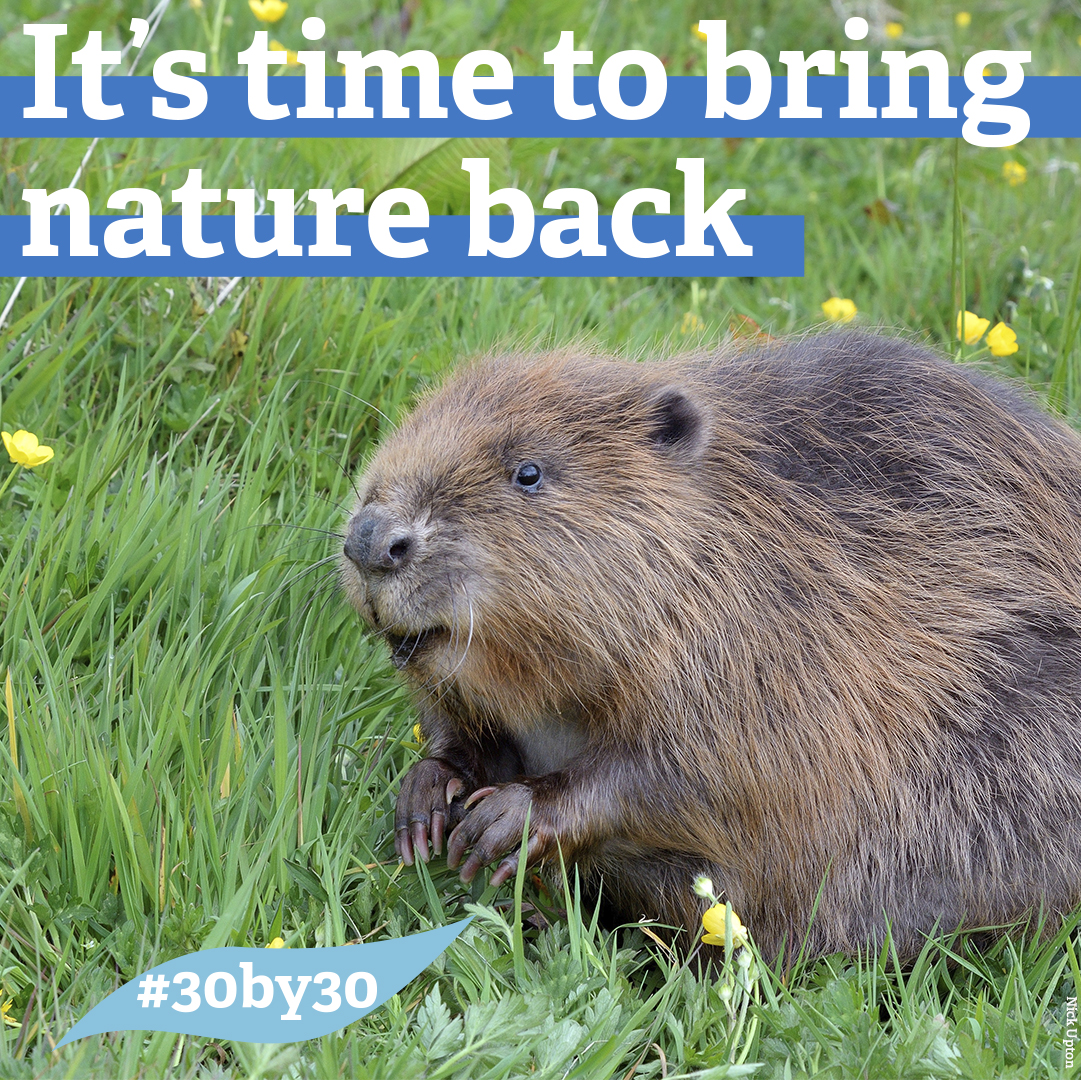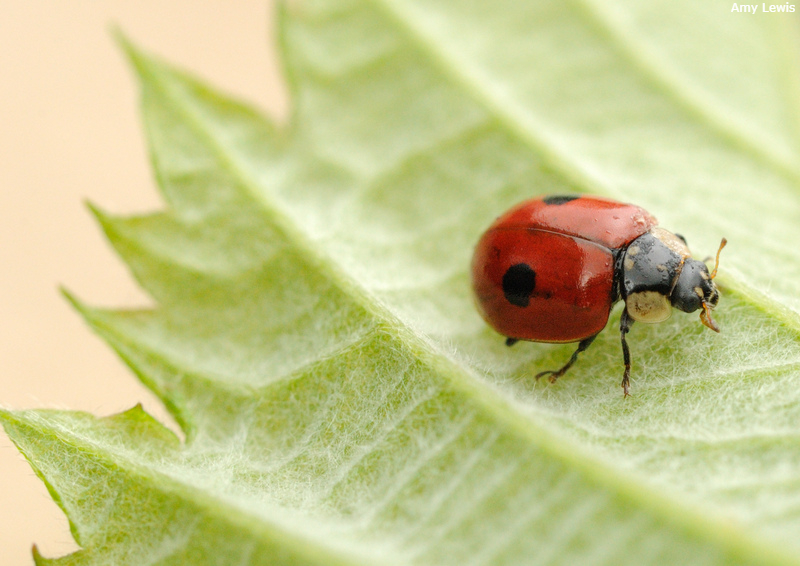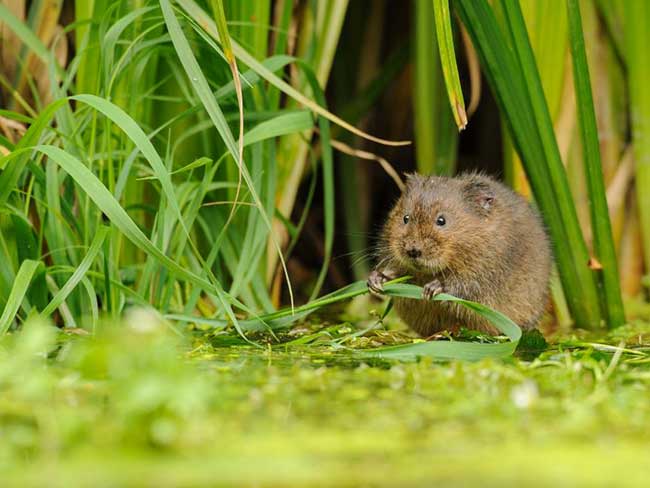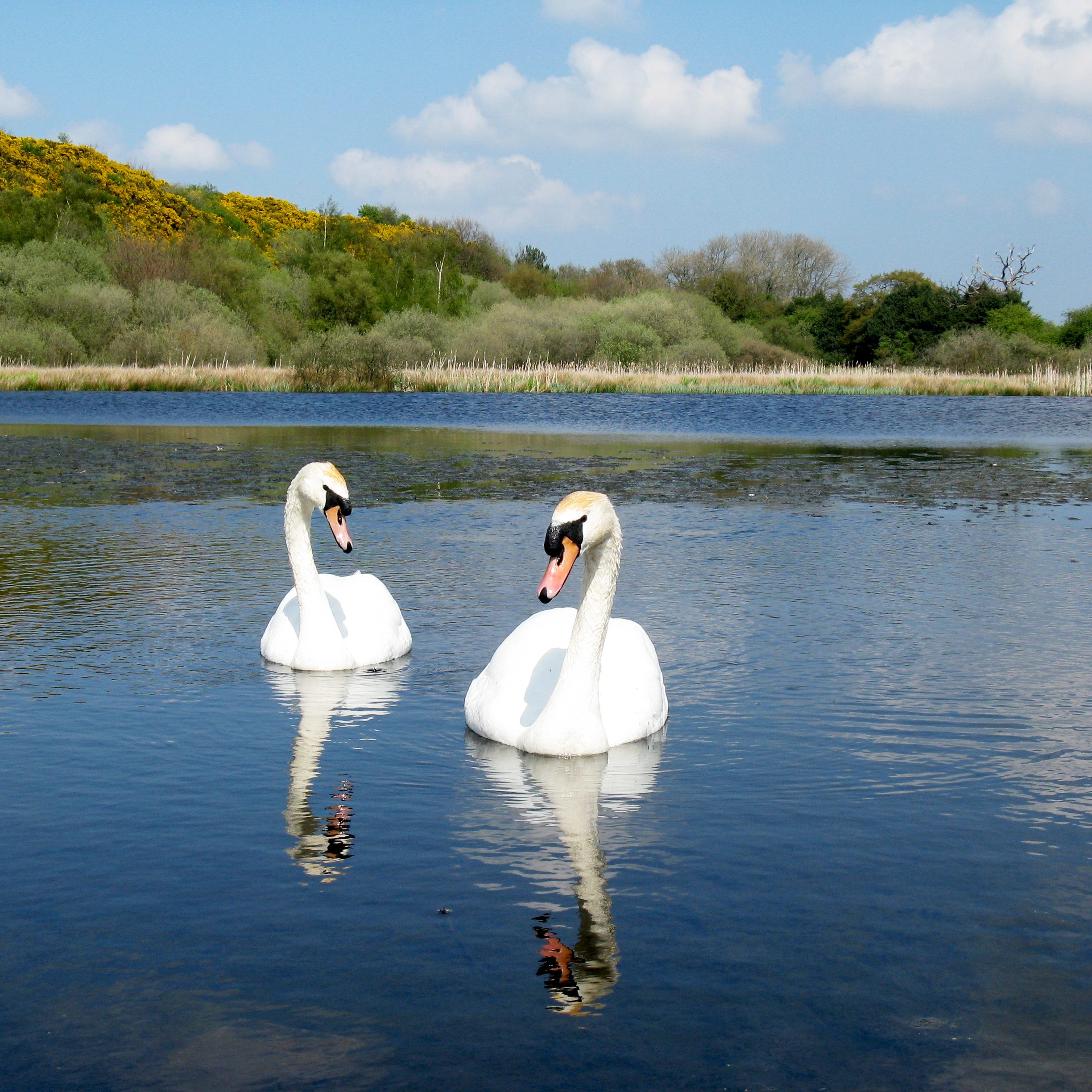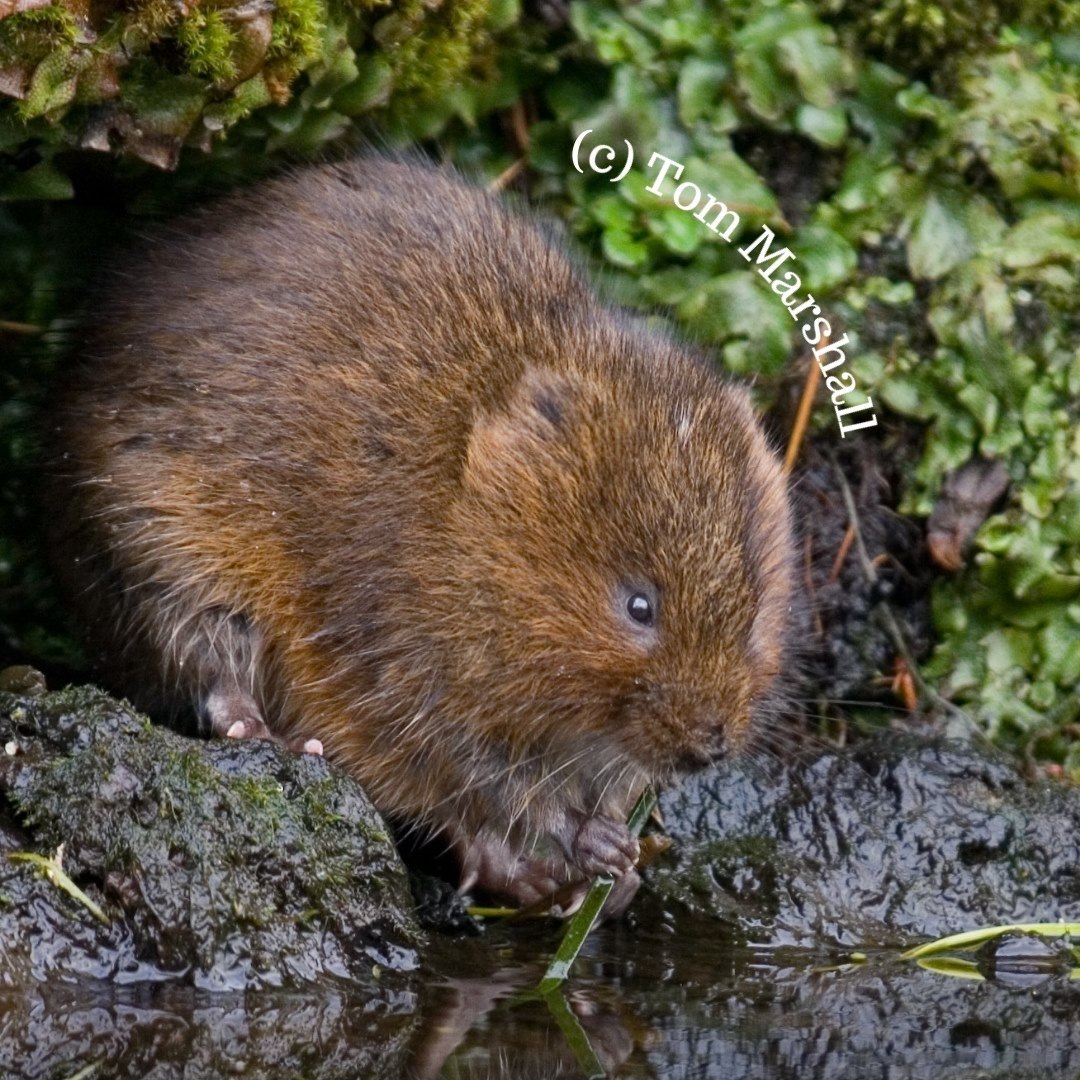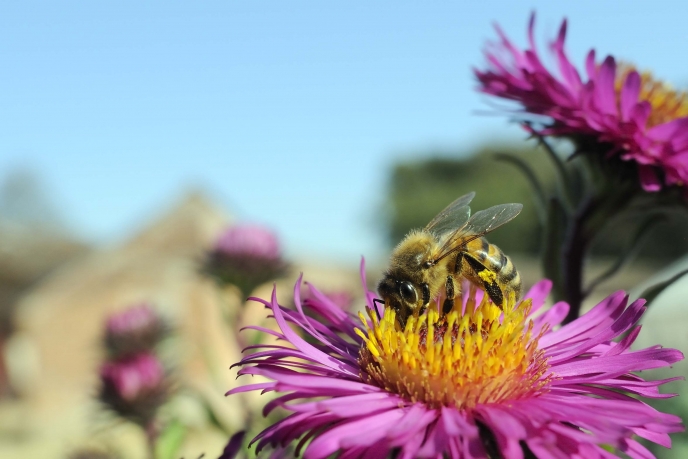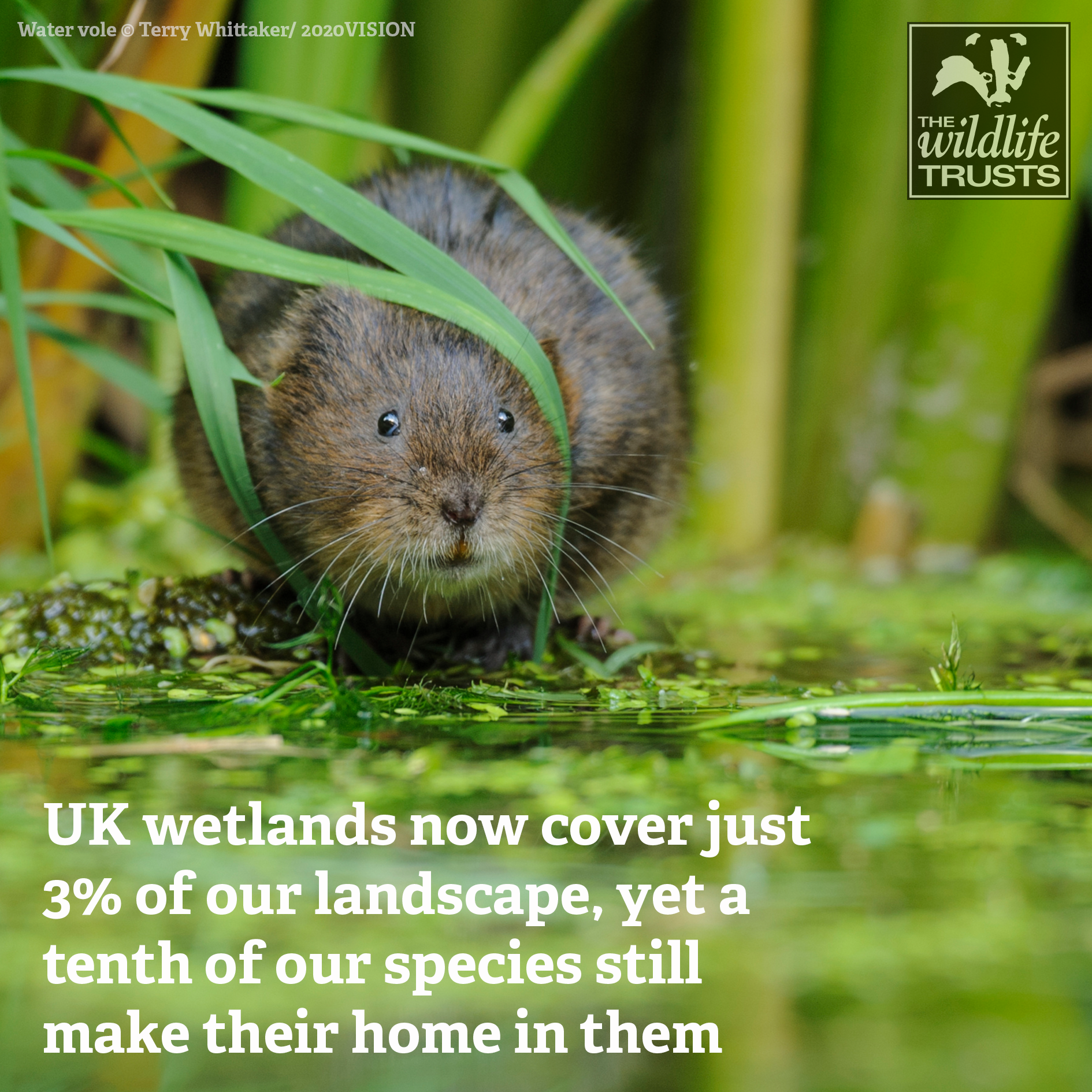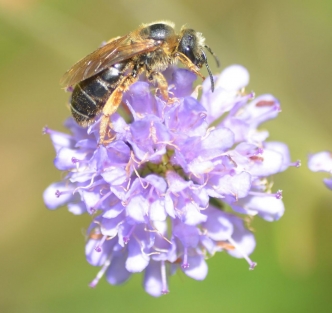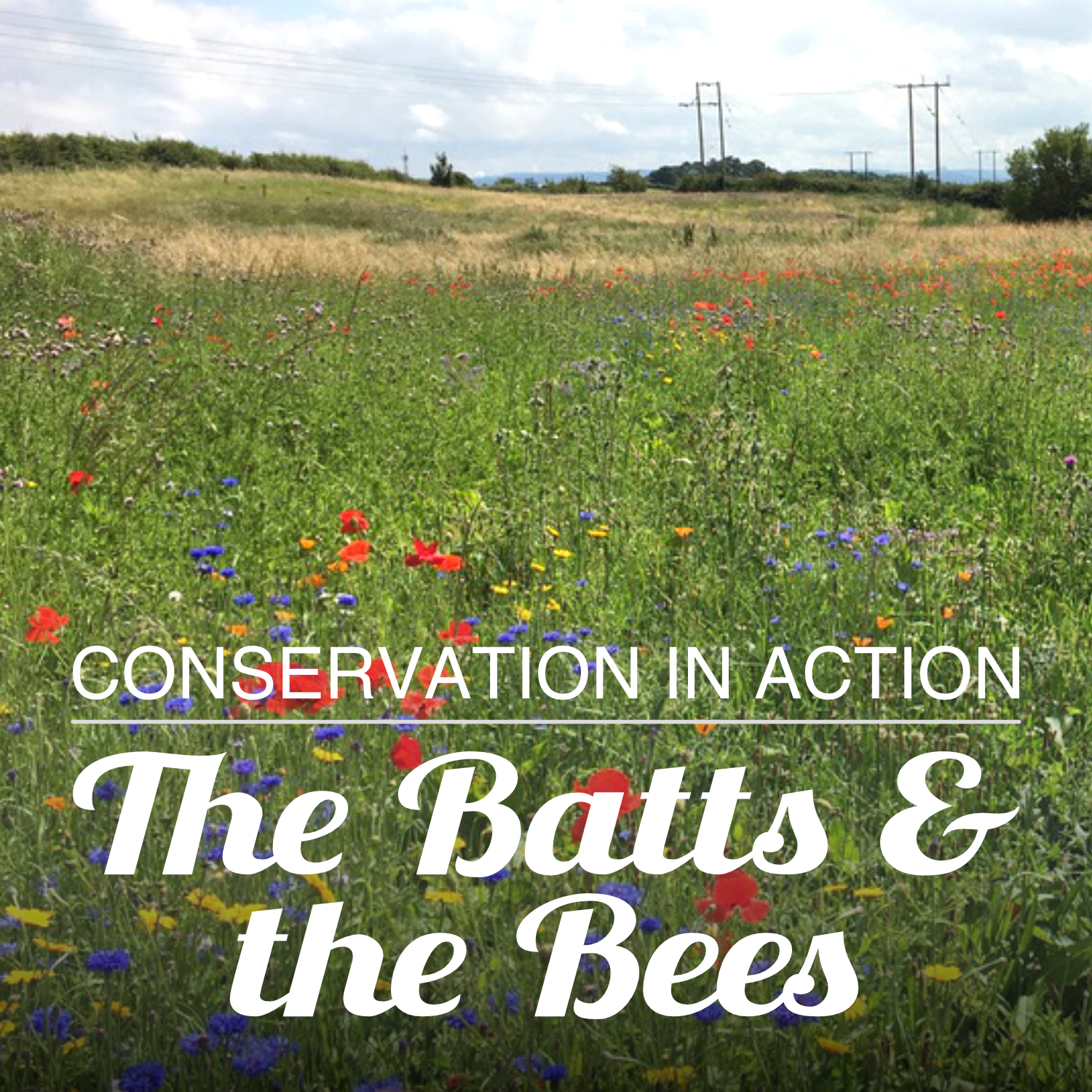£8 million raised in 6 months for The Wildlife Trusts’ nature recovery plans Sir David Attenborough backs new phase of 30 by 30 ambition The Wildlife Trusts have raised almost £8 million just six months after launching their 30 by 30 ambition to kickstart nature’s recovery across 30% of land by 2030. Funds will...
Say no to Peat compost
We need an immediate end to peat sales Peat used in our compost is dug out of wild places, damaging some of the last remaining peatlands in the UK and overseas. This process also releases carbon into the atmosphere, accelerating climate change. Ten years ago, the Government set a voluntary target for the horticulture sector...
Gardeners urged to help beetles
Beetles are the unsung heroes of the garden and need our support urge the Royal Horticultural Society (RHS) and The Wildlife Trusts, as they launch 2021’s Wild About Gardens campaign. The two charities are calling on gardeners to create habitats for these important but often overlooked insects which are a vital part of every...
Volunteering on your local patch – what we can learn from looking down…
In May 2020 the Knepp Estate’s white storks became the first to successfully fledge chicks on UK soils for over 600 years. And in 2019, white-tailed eagles were released on the Isle of Wight – the first to take to the island’s skies since 1780. These were truly wonderful moments for everyone with an...
Government falls short of delivering promised ‘green Brexit
Leading green groups issue final Brexit report card that finds static or weaker protections for the environment, urging government to strengthen plans A coalition of the country’s leading green groups has today concluded that environmental protections in areas such as nature restoration and air quality are either no stronger or weaker than they were...
Naturally Native: saving the north east’s water voles
Introducing Mark Slaughter – Naturally Native Project Officer at Tees Valley Wildlife Trust Thinking back to my childhood, our family holidays invariably involved tents, rain, and queues for lukewarm showers. To my school friends, these sounded like key ingredients for a week of misery. “We’ve been on the beach in Spain for a week”, they’d announce proudly. “Boring”, I’d murmur. Because whilst our family trips did entail tents and rain,...
Stay of execution for bees in 2021
Today’s announcement that a banned neonicotinoid will not be used on sugar beet is good news – but does not halt the risk to wildlife in future years Bees and other wildlife may have won a temporary reprieve and could now avoid being poisoned by a toxic pesticide due to the recent snap of...
Government inertia on peatlands risks international embarrassment
Two-year delay to England peat strategy as damage continues to vital carbon stores This year, as the UK hosts the global climate conference, COP26, all eyes will be on the UK’s own action to tackle climate change. The Wildlife Trusts believe that the Government’s failure to address a key issue – how to end the damage to carbon-storing peatlands and restore a significant proportion of those that are already harmed – will be a major embarrassment. Peatlands are the UK’s largest on-land store of...
Celebrating wetlands – where land meets water
We may be a ‘wet’ nation, but wetlands – wildlife-rich, carbon-capturing oases – are in shorter supply than you might think. Wetlands have largely been removed from our landscape, and this loss is a problem not just for nature, but for people too. Wetland habitats take many forms, from upland peat bogs through to...
The Wildlife Trusts explore legal challenge to Government decision to allow emergency use of neonicotinoid
Emergency authorisation was refused in 2018 – what’s changed? Today The Wildlife Trusts’ lawyers have contacted the Environment Secretary, George Eustice to question his decision to allow the emergency use of the banned neonicotinoid Thiamethoxam for sugar beet. The Wildlife Trusts believe the action may have been unlawful and The Wildlife Trusts are planning...
The Batts & the Bees – Conservation in Action
Dan van den Toorn, Reserves Manager, tells us about a project to create three mini meadows at the Batts, Dalton Piercy (near Hartlepool)....
Community Toolbox – Out Now!
Sue Antrobus has compiled a community toolbox for volunteer groups. It’s a guide to running volunteer activities for conservation....
